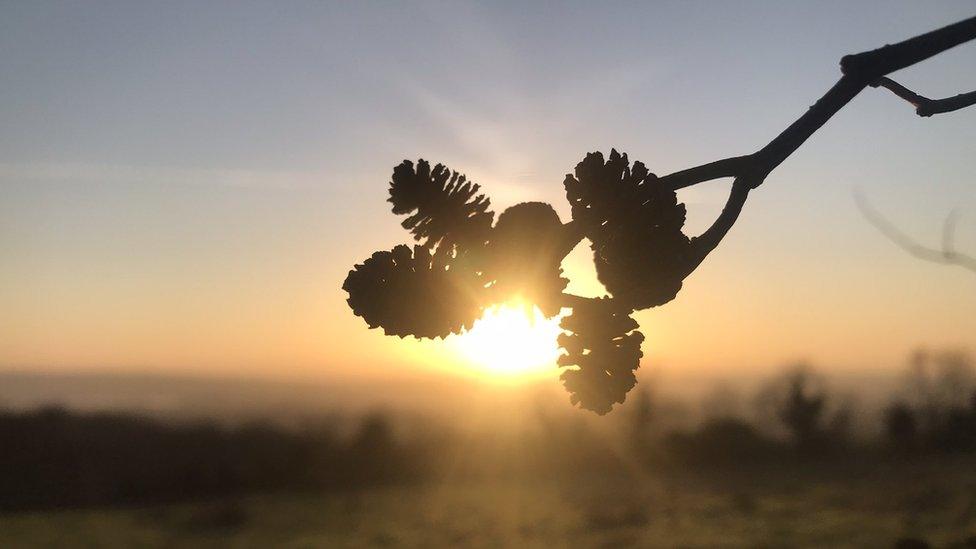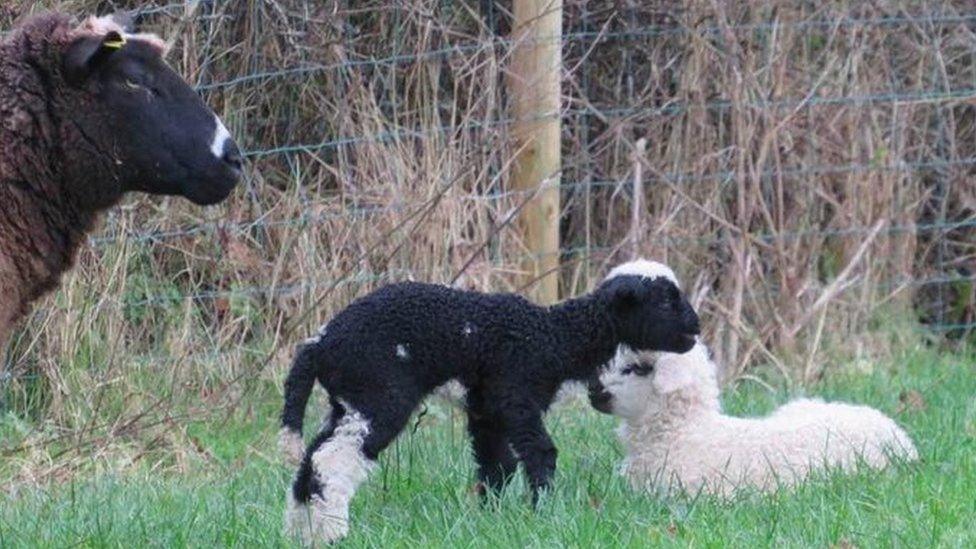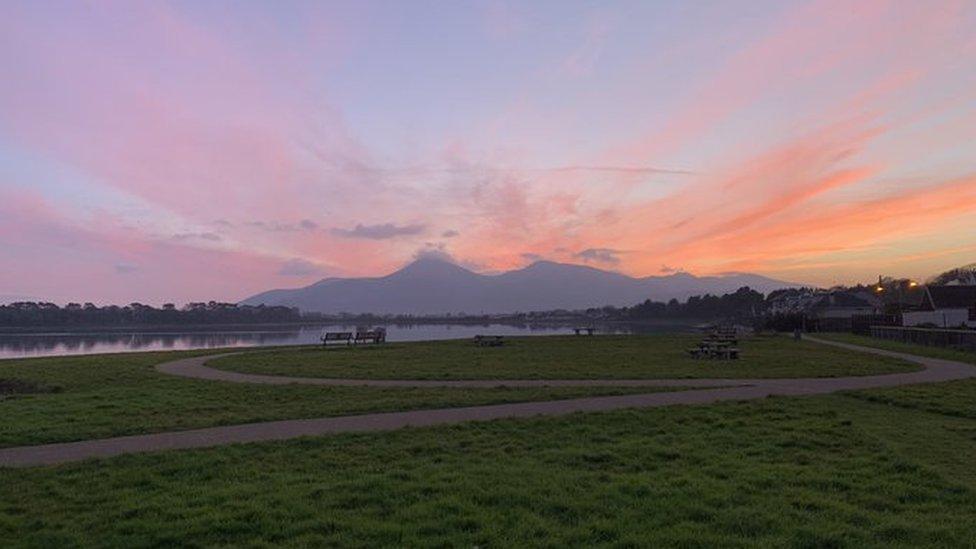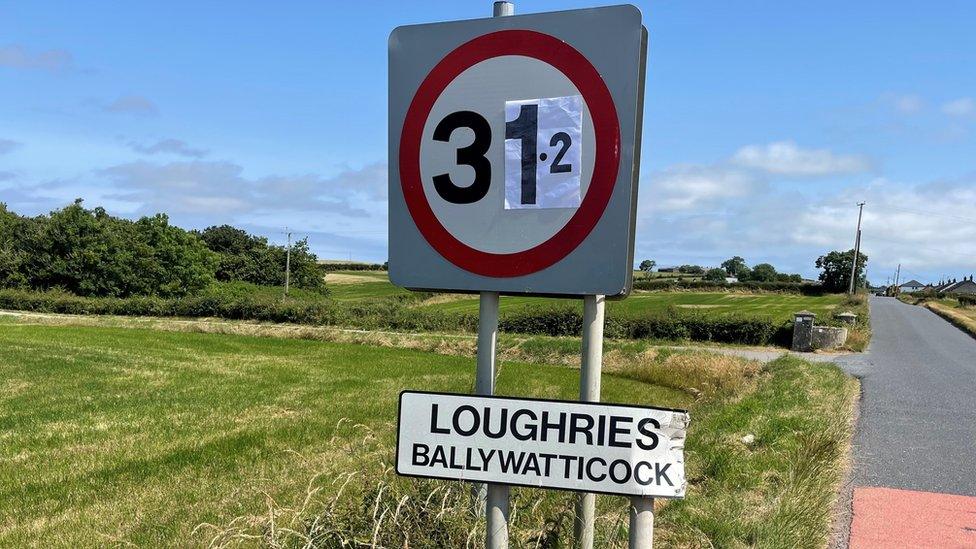Spring: How do you know when it has sprung?
- Published

The sun shines on Cavehill
Most years when we get over the first half of January we start to see signs of early spring bulbs coming through.
Some years it's even earlier than that, leaving many of us wondering "when does spring start"? But it's not entirely straightforward.
For many people spring means different things and starts at different times of the year.
In the meteorological calendar, spring will always start on 1 March and end on 31 May.
The seasons are defined as spring (March, April, May), summer (June, July, August), autumn (September, October, November) and winter (December, January, February).
There are four seasons and each one is three months long.
Simple.

Daffodil bulbs emerging in Newcastle
It means the same period of time is measured for climatology each year and so comparisons are like for like.
But we also have the spring equinox, when we have equal hours of day and night.
After the spring equinox the days are longer than the nights, until we reach the autumn equinox.
This is known as the astronomical spring. This year, the spring equinox falls on 20 March.
While it doesn't arrive on the same day every year, in the northern hemisphere it does always fall on one of the three days between 19 and 21 March - most years spring equinox lands on 20 March.
And it doesn't end there.

Lambs in the field herald in springtime for many people
Many parts of Ireland follow the ancient Gaelic calendar where spring is defined as February, March, and April. You can understand why as there can already be hints of spring in January.
St Brigid's Day in the Christian calendar falls on 1 February and people traditionally make crosses from rushes.
I remember doing this in primary school.
St Brigid's Day is linked to the Celtic festival of Imbolc, heralding the return of spring.
The Celtic Goddess Bríd was regarded as a goddess of healing and the ancient Celts acknowledged her on 1 February to signal renewal, new growth and escape from darkness, emerging into the lengthening days.
This discovery made me wonder how spring is observed in other geographical areas.

In China, they mark the spring season from February to May
In the traditional Chinese calendar, the spring season (春) consists of the days between Lichun (3-5 February), taking Chunfen (20-22 March) as its midpoint, then ending at (5-7 May).
This makes it four months long, but it is based on daylight and the strength of the midday sun.
In Sweden, meteorologists define the beginning of spring as the first occasion on which the average 24-hour temperature exceeds zero degrees Celsius for seven consecutive days, thus the date varies with latitude and elevation.

Crocuses starting to bloom through fallen leaves
In Brazil, spring months are September, October and November.
Likewise Australia and New Zealand, as they are of course in the southern hemisphere.
The beginning of spring is not always determined by fixed calendar dates.
The phenological or ecological definition of spring relates to biological indicators, such as the blossoming of a range of plant species, the activities of animals and the special smell of soil that has reached the temperature for micro flora to flourish.

Pink and purple skies in Dundrum
These indicators, along with the beginning of spring, vary according to the local climate and according to the specific weather of a particular year.
Some ecologists divide the year into six seasons.
As well as spring, ecological reckoning identifies an earlier separate early or pre-spring season between winter and spring proper.
Who knew there could be so many different answers to what appears to be a simple question?
Related topics
- Published1 January 2022
